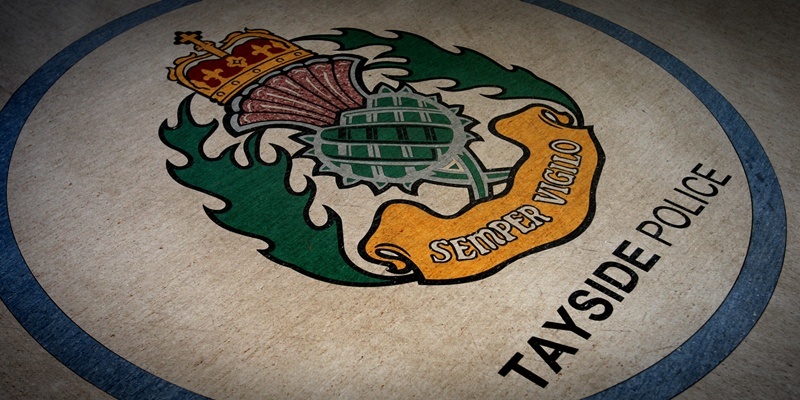Tayside Police have refused to shed light on the murky world of payments to informants.
Under freedom of information laws, The Courier had asked for the total sum paid to those officially dubbed ‘covert human intelligence sources’ (CHIS) since 2009 and how many people had received payments.
The force was also asked to supply copies of any written guidance used by officers in making deals with informants, whose information can be crucial to solving serious crimes.
Some police forces have provided a glimpse into their CHIS arrangements through freedom of information requests.
Lincolnshire Police last year said that they had paid out more than £88,000 in 2009/10, while Cheshire Constabulary have admitted to spending more than £7,000 in each of the last three years.
However, Tayside Police said they considered the data to be covered by legal exemptions that meant they are entitled to keep it secret.
The force’s official response was: ”The use of informants and the information they provide is of vital importance to Tayside Police, and the loss of any such source and their information could have a serious effect on the ability of Tayside Police to conduct investigations into alleged crimes or offences.”
The response added that CHIS regardless of their motivation provide information at risk to themselves and their families. Releasing details of the policies on using informants might aid criminals in identifying them, putting them at risk of ”substantial physical harm” or mental trauma.
The force went on: ”The disclosure of the information requested would allow those involved in serious and organised crime to interpret these payments across forces and apply these to law enforcement activities which have impacted upon their own criminal network.
”This would be particularly relevant where CHIS have provided information on high-profile or significant cases or have provided information to a smaller force which would be easier to identify. This would, or would be likely, to result in such persons actively seeking to identify CHIS within their organisation and using extreme violence against them.”
It is was also ”essential” that policy documents are not disclosed as they would reveal policing tactics, said the force.
”In addition, given that the information has the potential to identify individual CHIS, it would also serve as a deterrent to existing or prospective CHIS from providing information to the police.
”This would, or would be likely, to prejudice substantially the prevention or detection of crime and the apprehension or prosecution of offenders by reducing the flow of information to the police service and intelligence agencies.
”Any reduction in the flow of intelligence via CHIS would also result in the police having to adopt more expensive and potentially less effective, methods of gathering intelligence and evidence, such as surveillance.”
The force accepted there were factors favouring disclosure, including giving the public a greater understanding of a ”controversial issue” and transparency over the use of public funds. However, this was outweighed by the potential harm to operations.
”There is a need to protect the flow of information from informants and the public, to allow all to have confidence that their information will be treated sensitively and appropriately.
”The use of informants takes place in an environment of absolute trust and confidence. Anything which undermines this ethos would have a detrimental effect, reducing the quality of information the police service receives,” the force said.
